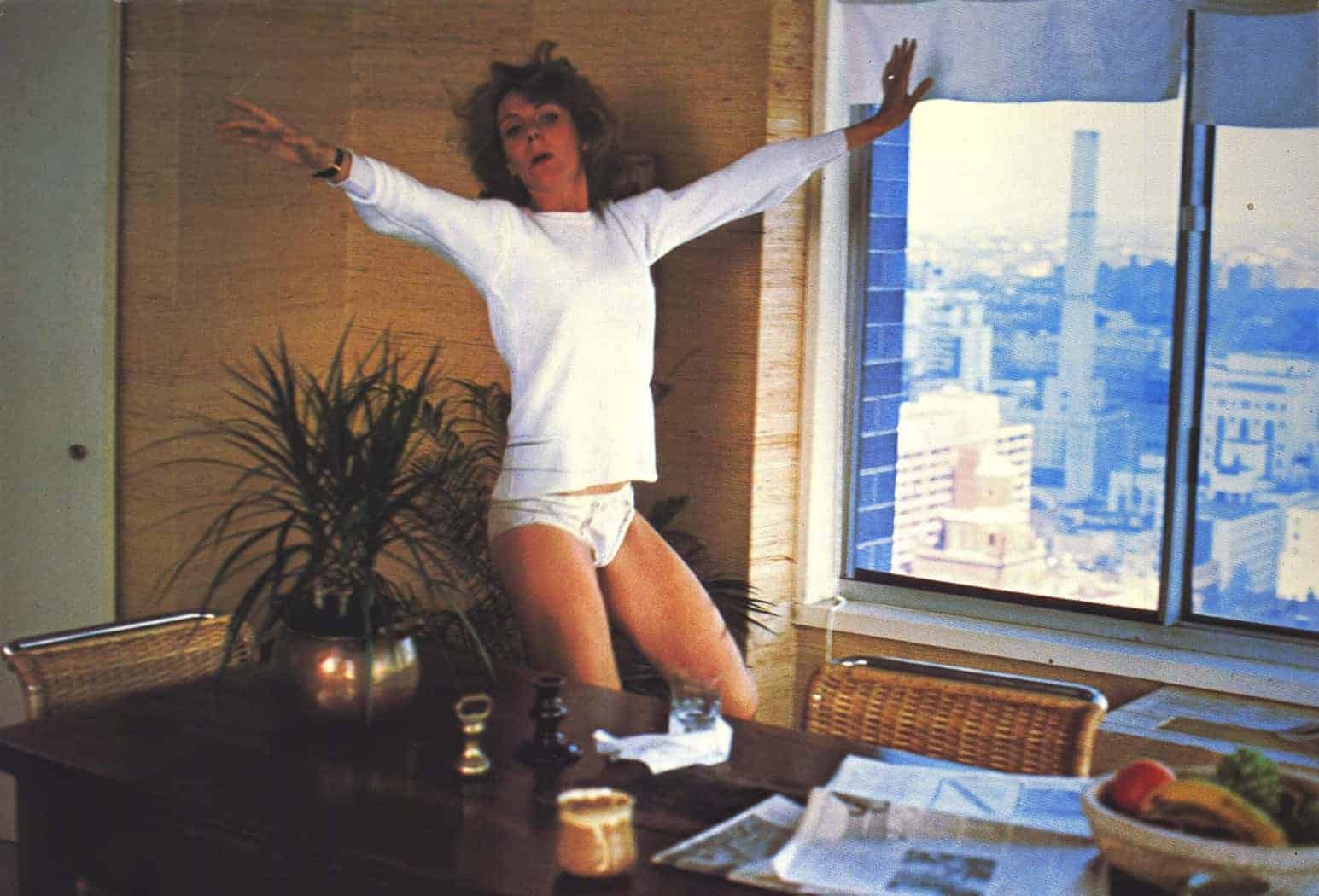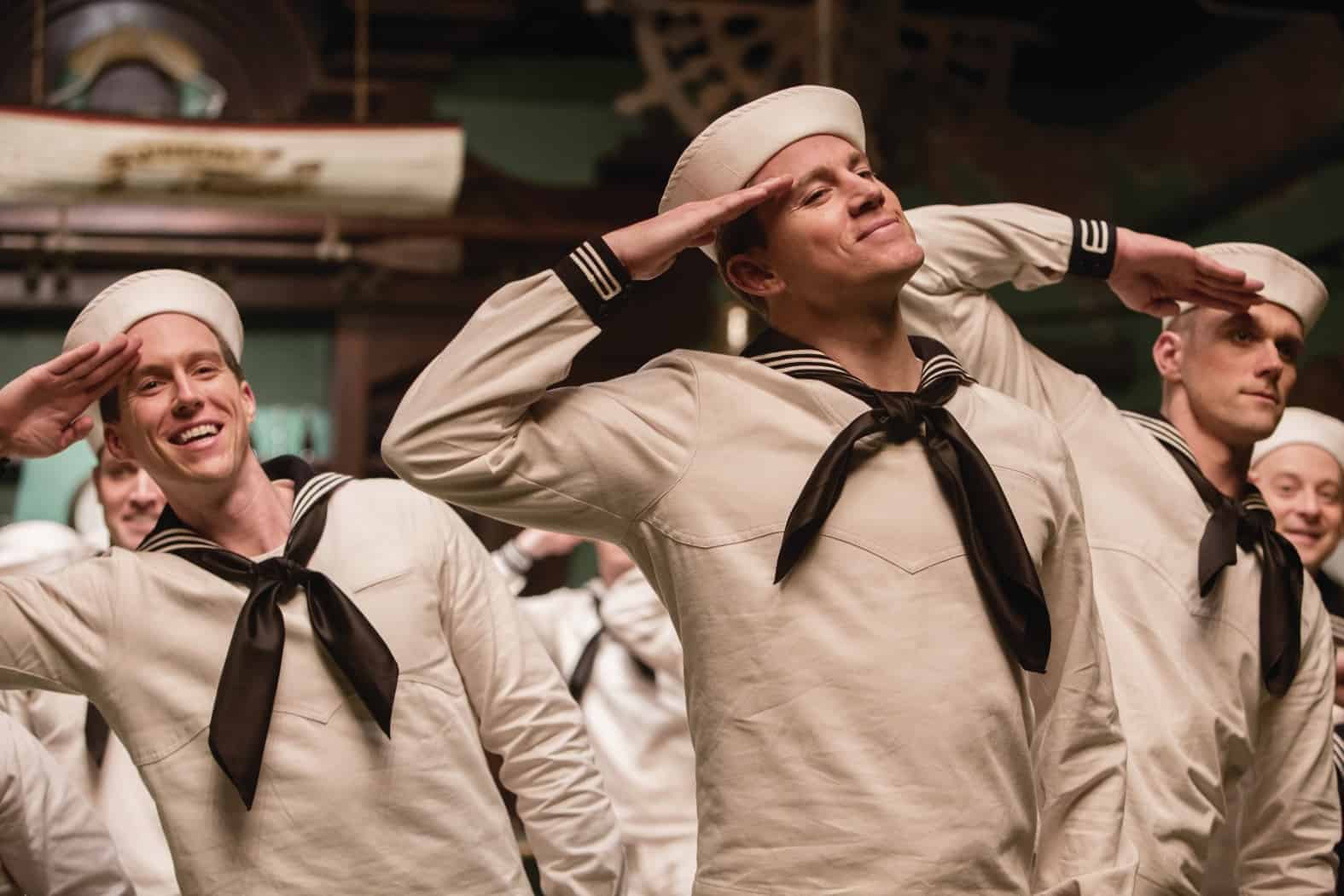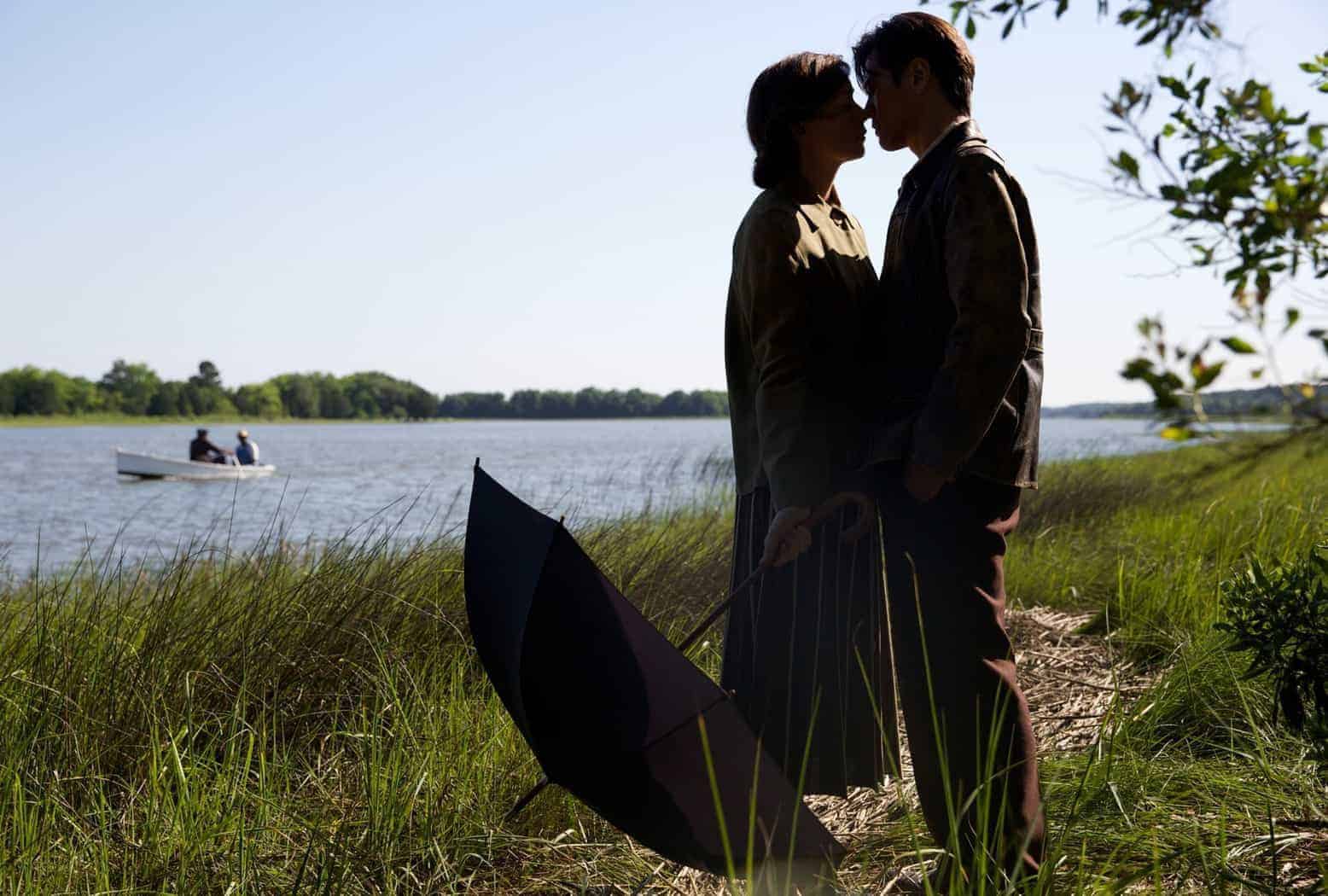When writer-director Paul Mazursky’s An Unmarried Woman opened in 1978, it had the slogan, “She laughs, she cries, she feels angry, she feels lonely, she feels guilty, she makes breakfast, she makes love, she makes do, she is strong, she is weak, she is brave, she is scared, she is… an unmarried woman.” This makes the film sound hokey, but it’s actually an unpretentious look at a woman’s life turned upside down.
Costumes
Hail, Caesar: The Coen Brothers’ Golden Age
The Coen Brothers’ Hail, Caesar is a glorious, hilarious tribute to the Golden Age of Hollywood. With its very own Esther Williams (Scarlett Johansson), Carmen Miranda (Veronica Osorio), and Gene Kelly (Channing Tatum), it’s got all the stock characters and genres of classic cinema. Even Roger Deakins’ 35mm cinematography mimics old movies, framing the action head-on as if filming a stage.
Anna Rose Holmer on her Sundance hit The Fits
Holmer discusses how working with the New York City ballet influenced her film, how she used sound and editing to tell the story, and the shooting rules she set for herself.
Maggie Greenwald on Sophie and the Rising Sun
Maggie Greenwald’s Sophie and the Rising Sun is an unconventional period piece about race, public and private spaces, and romance. Set in 1941 in the South, the mysterious arrival of a badly beaten Japanese man disrupts small town life.
Kurzel’s Macbeth emphasizes tone over text
Kurzel takes his cues from the text, but he expresses his ideas about the text through images and sounds — the whistling wind, the clashing swords, and the ghostly hooded figures — rather than through the dialogue. The verse, in Kurzel’s hands, is barely even identifiable as poetry. But what is Shakespeare without the unforgettable language?
Crimson Peak is a loving homage to the Gothic
“Crimson Peak” is a sensory feast rather than a character drama. In this, the film takes its cue from the mechanics of gothic literature, which is less about plot and more about atmosphere. Gothic imagery is always over the top, with themes literalized and cranked up to eleven. The film’s luxuriant costumes exemplify this extravagance. The innocent Edith has golden hair and wears billowing virginal white, whereas Lucille’s red satin gown calls to mind a freezing Elizabeth Bathory, ready to prey upon her sister-in-law. Our eyes linger on their rich textures and theatrical shapes.





